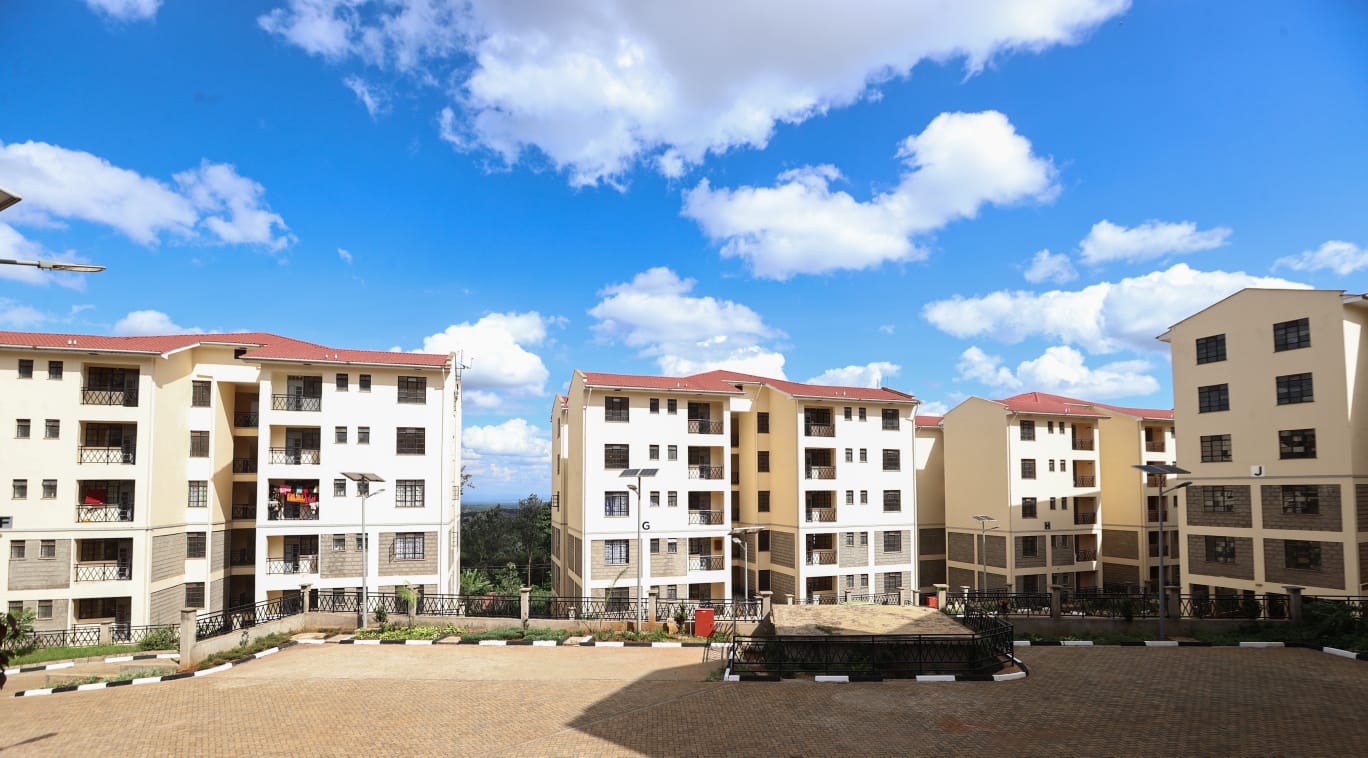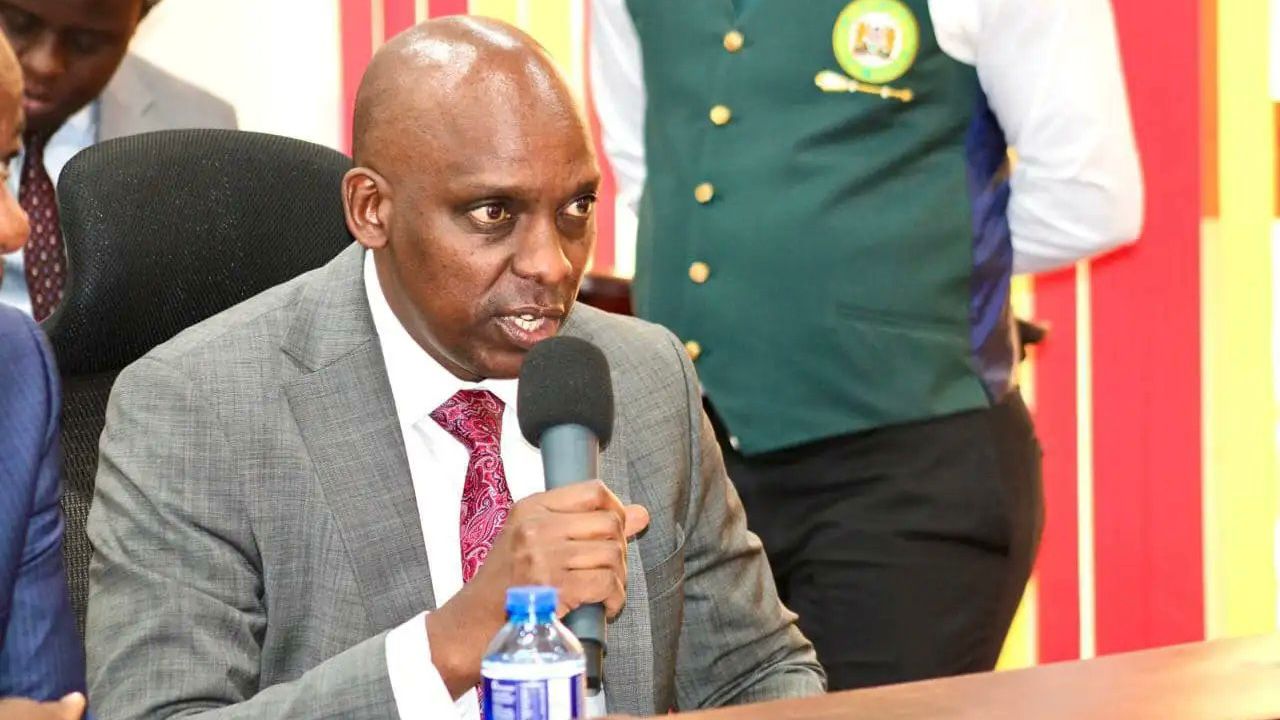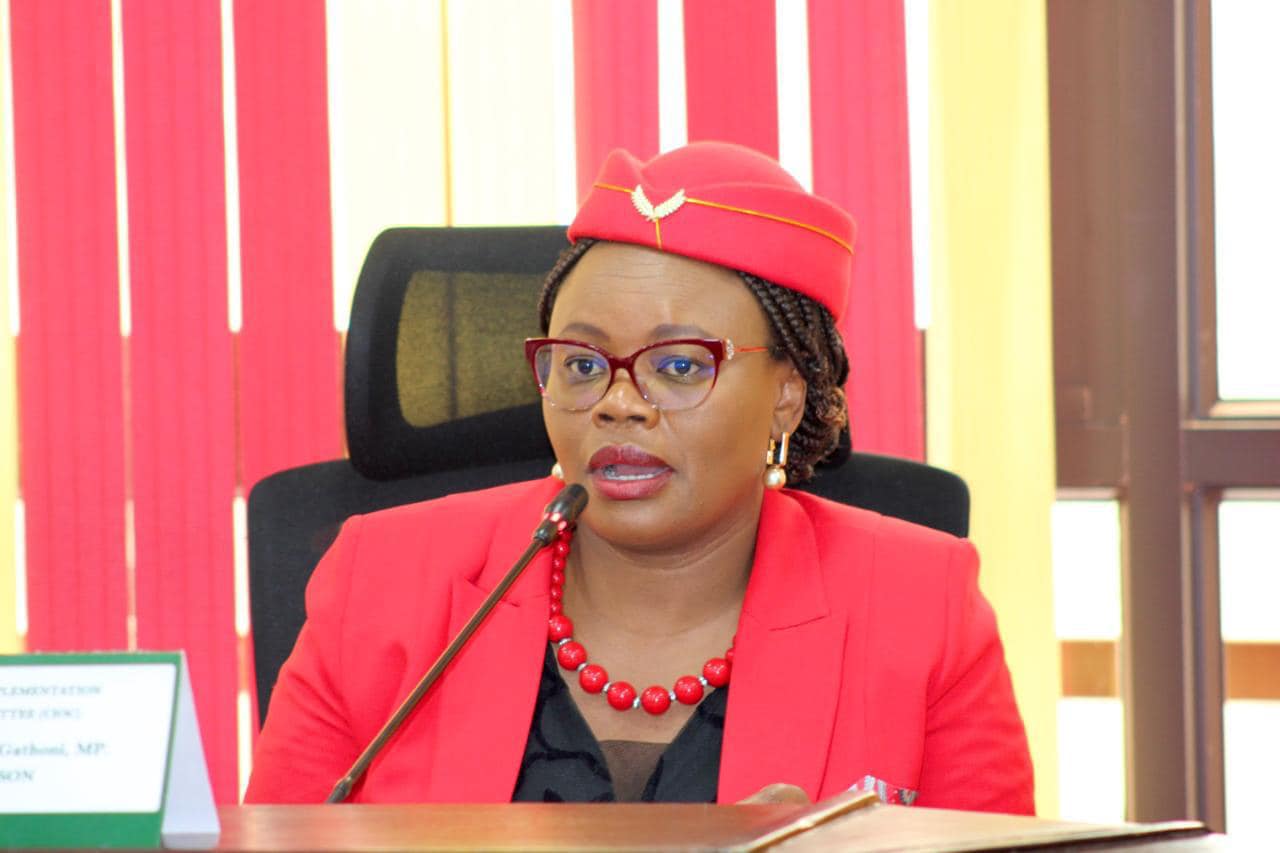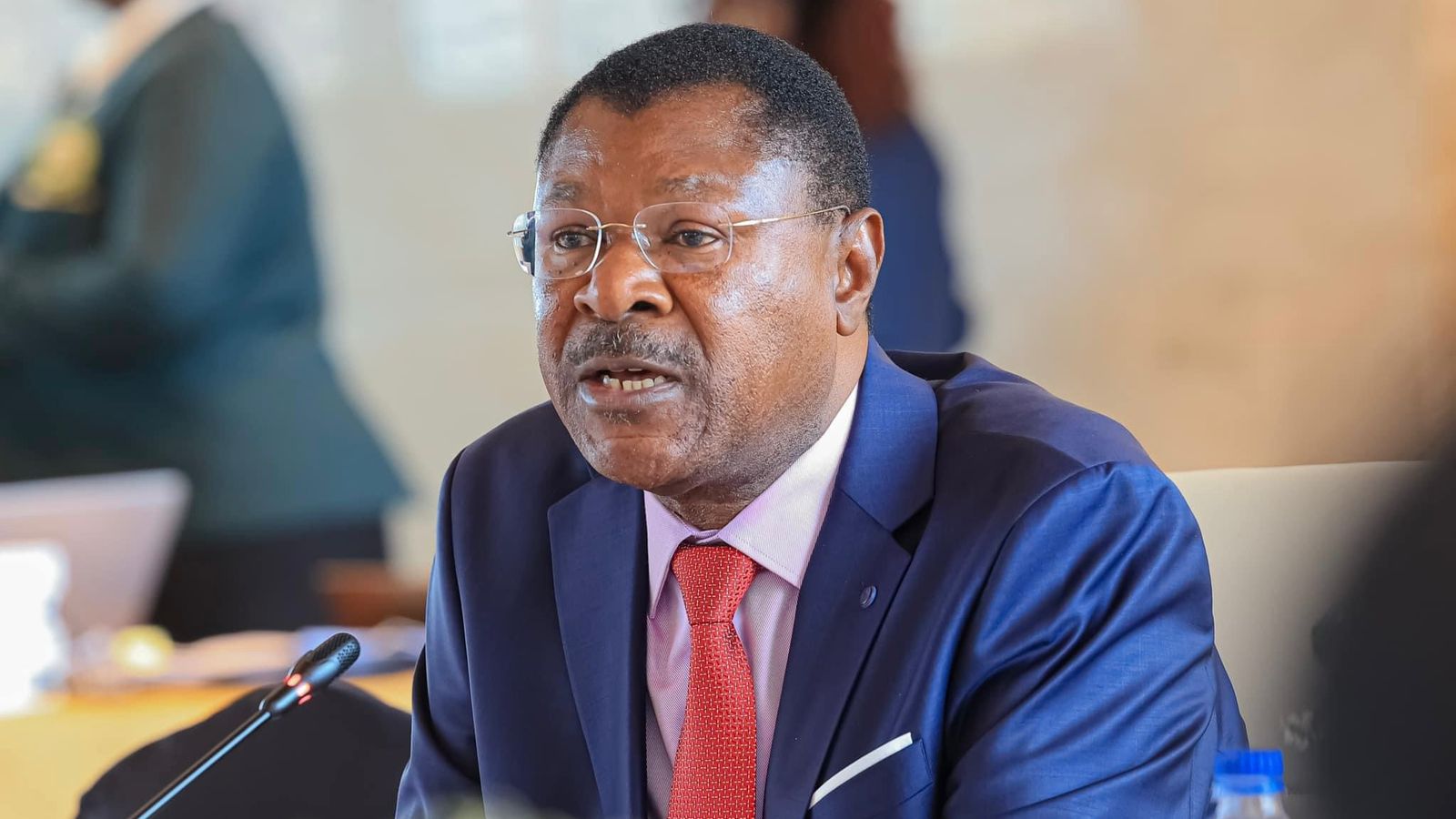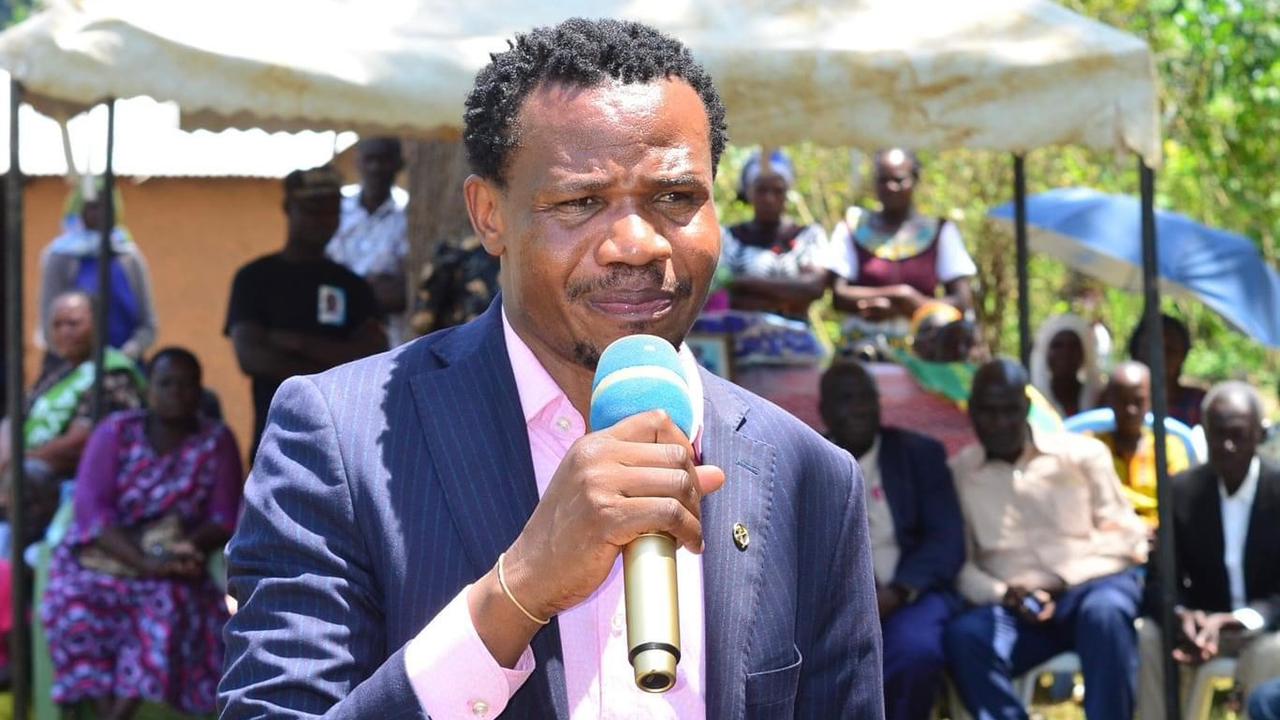The inaugural Kenya Country Climate and Development Report (Kenya CCDR) has warned that the country risks losing the gains made in poverty reduction and inequality if climate change is not addressed.
According to the report released on Friday, November 17, inaction against climate change could result in up to 1.1 million additional poor in 2050 in a dry and hot climate future scenario.
The report notes that without adaptation measures, the impact of climate change could not only disproportionately affect the poor, but also result in real GDP losses of up to 7% from the baseline by 2050.
Treasury Cabinet Secretary Njuguna Ndung'u while speaking during the launch of the report said the costs of climate action were estimated to be $62 billion up to 2030.
Read More
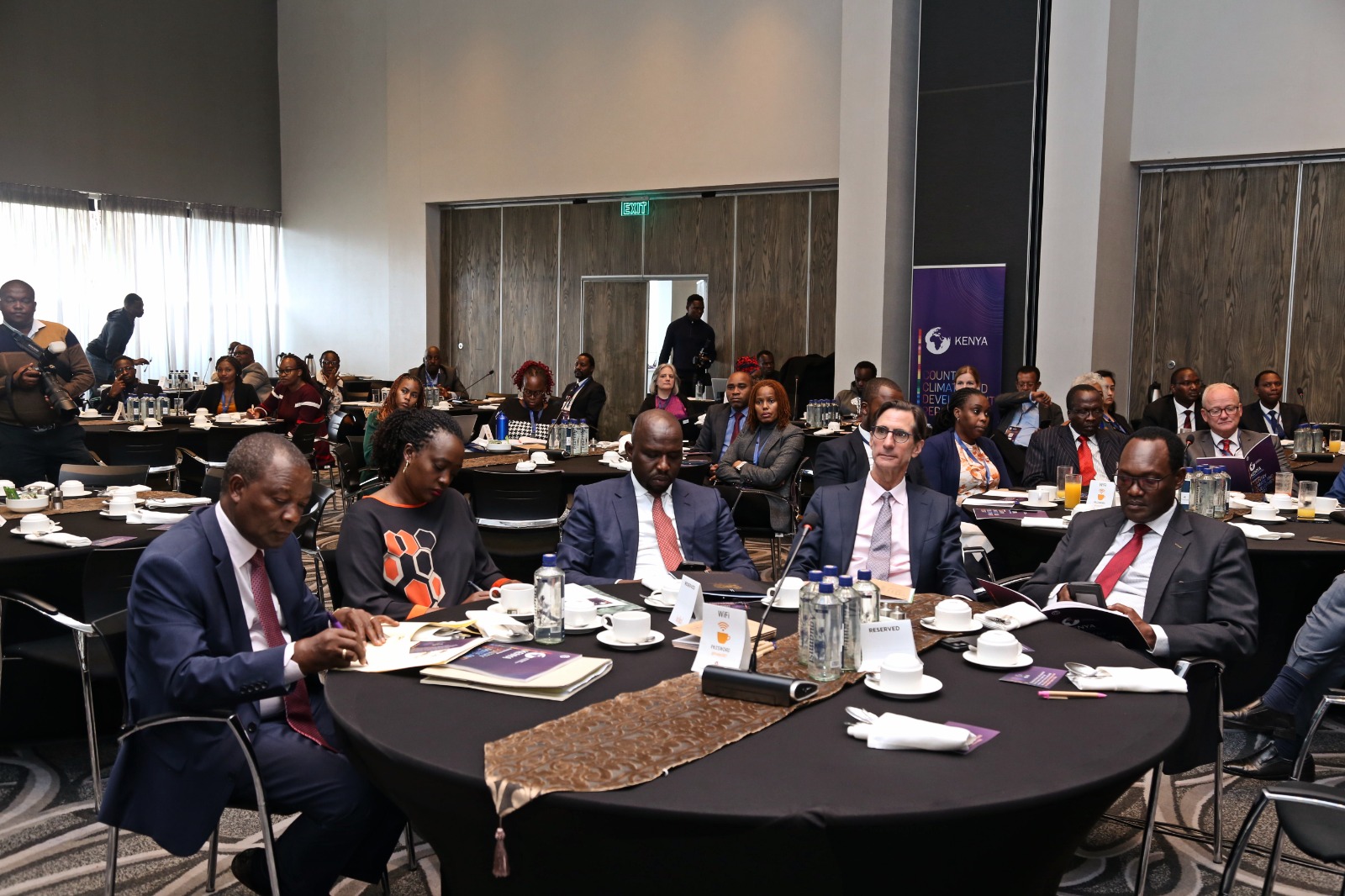
He noted that by maintaining a low-carbon growth path, Kenya could contribute to the global decarbonization agenda and become more competitive in green markets and low-carbon supply chains.
“The Africa Climate Summit’s Nairobi Declaration committed to propelling Africa's economic growth and job creation in a manner that not only limits emissions but also aids global decarbonization efforts,” said Ndung'u.
"This Country Climate and Development Report is an important first step in defining a resilient and low-carbon development growth path that could help Kenya leapfrog traditional industrial development and foster green production and supply chains.”
The report notes that Kenya is a relatively low emitter of greenhouse gases (GHGs) generating less than 0.1%of global GHG emissions although its emissions have more than doubled since 1995.
To cope with climate and other shocks, the report says 37% of affected households reduce food consumption, and 33% look for additional income sources, a step it said is taking a toll on Kenya’s human capital.
"The Kenya CCDR finds that a higher average annual GDP growth rate can buffer the impact of climate change on GDP, lowering the impact of climate on GDP (reducing it by 2.78–5.3%in 2050 compared to the baseline), but cannot eliminate the risks," the report notes.
The CCDR outlines five key action areas for inclusive, climate-resilient, and low-carbon growth in Kenya:
They include improving the management of water, land, and forests to boost climate-resilient agriculture and rural economies; fostering people-centered resilience with climate-informed basic services and urbanization, and strengthening Kenya’s competitiveness in international markets through shifts in energy, transport, and digital systems.
Others are improving Integration and coordination of climate action in policy, planning, investments, and decision-making across the economy and Implementing policy measures that mobilize climate financing from the private and public sectors.
"Effective implementation of these multisector action areas requires a whole-of-economy approach to sustain climate action at scale," the report stated.
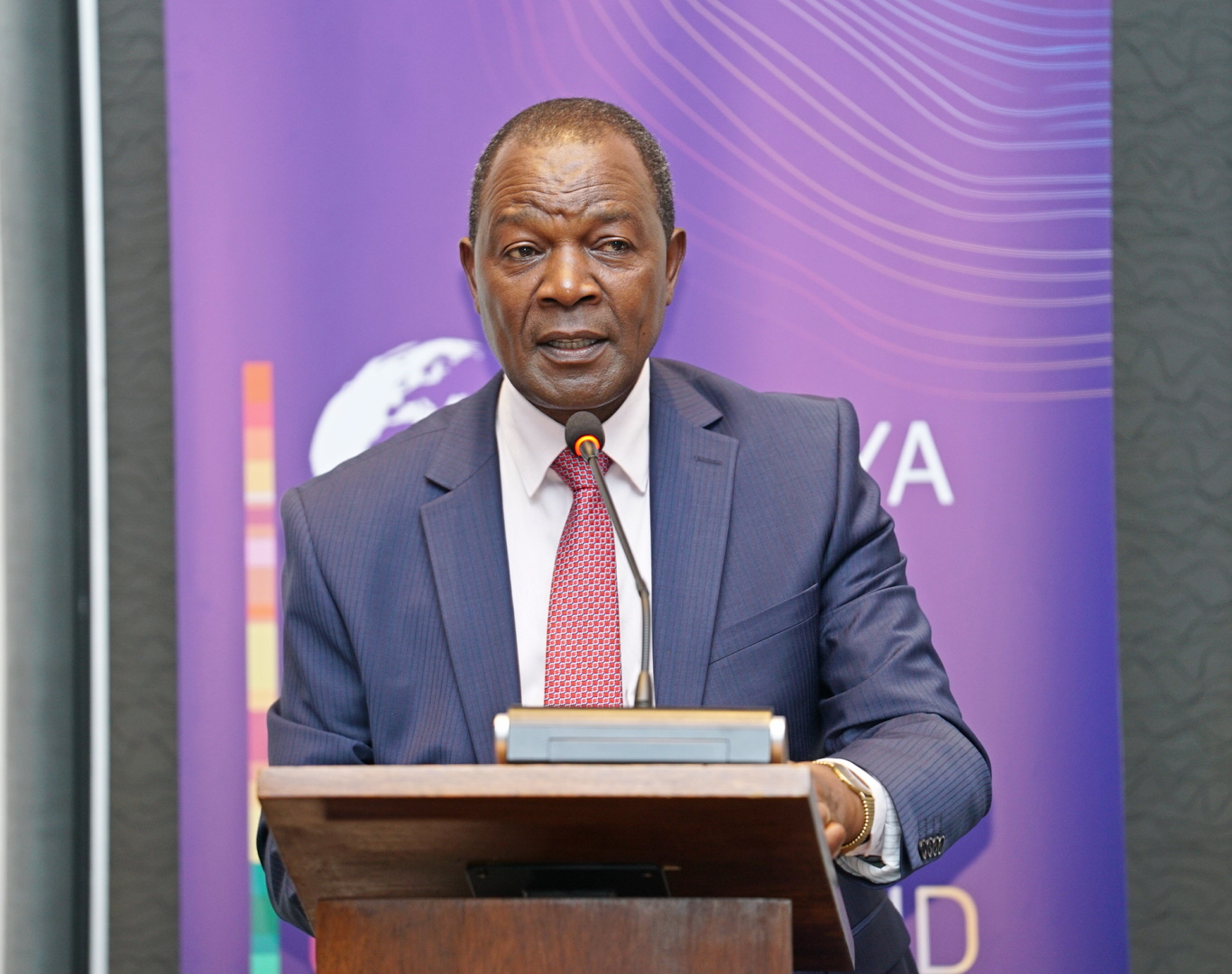
"Strong coordination and prioritization of vulnerable areas and people will be imperative. It will require subnational government, national government, private sector, academia, non-governmental organizations, donors, and communities to collaborate and innovate together."
World Bank Country Director, Keith Hansen while reacting to the report said:
“Kenya can achieve climate-positive development and be part of the global climate solution by infusing climate change considerations into the management of its natural assets, positioning its human capital to be resilient to climate change and benefit from low-carbon growth, and mobilizing investments in resilient and low-carbon infrastructure."
The report indicates that financing to increase Kenya’s resilience to climate change will require both domestic resources and expanding climate-compatible private investment in existing areas, such as livestock feed and tourism, and emerging sectors, such as e-mobility and green energy.
It said Kenya is well positioned to accelerate private sector-led growth and expand and explore the use of climate financing options such as carbon markets and risk transfer instruments in the short term and debt instruments, such as green bonds and sustainability-linked bonds in the medium term.
Amena Arif, IFC Country Manager for Kenya, while commenting on the report noted:
“Low-carbon and climate-resilient investments are key to Kenya’s inclusive and sustainable future. The private sector has an important role to play through the deployment of capital in climate resilience and sustainable job creation,”
Kenya’s CCDR received input from key stakeholders including various government agencies.
It was funded by the Climate Support Facility – Whole of Economy Program (CSF-WOE), the Global Program on Sustainability (GPS), the Energy Sector Management Assistance Program (ESMAP), the Global Water Security & Sanitation Partnership (GWSP), the Japan-World Bank Program for Mainstreaming Disaster Risk Management in Developing Countries (GFDRR), and PROBLUE
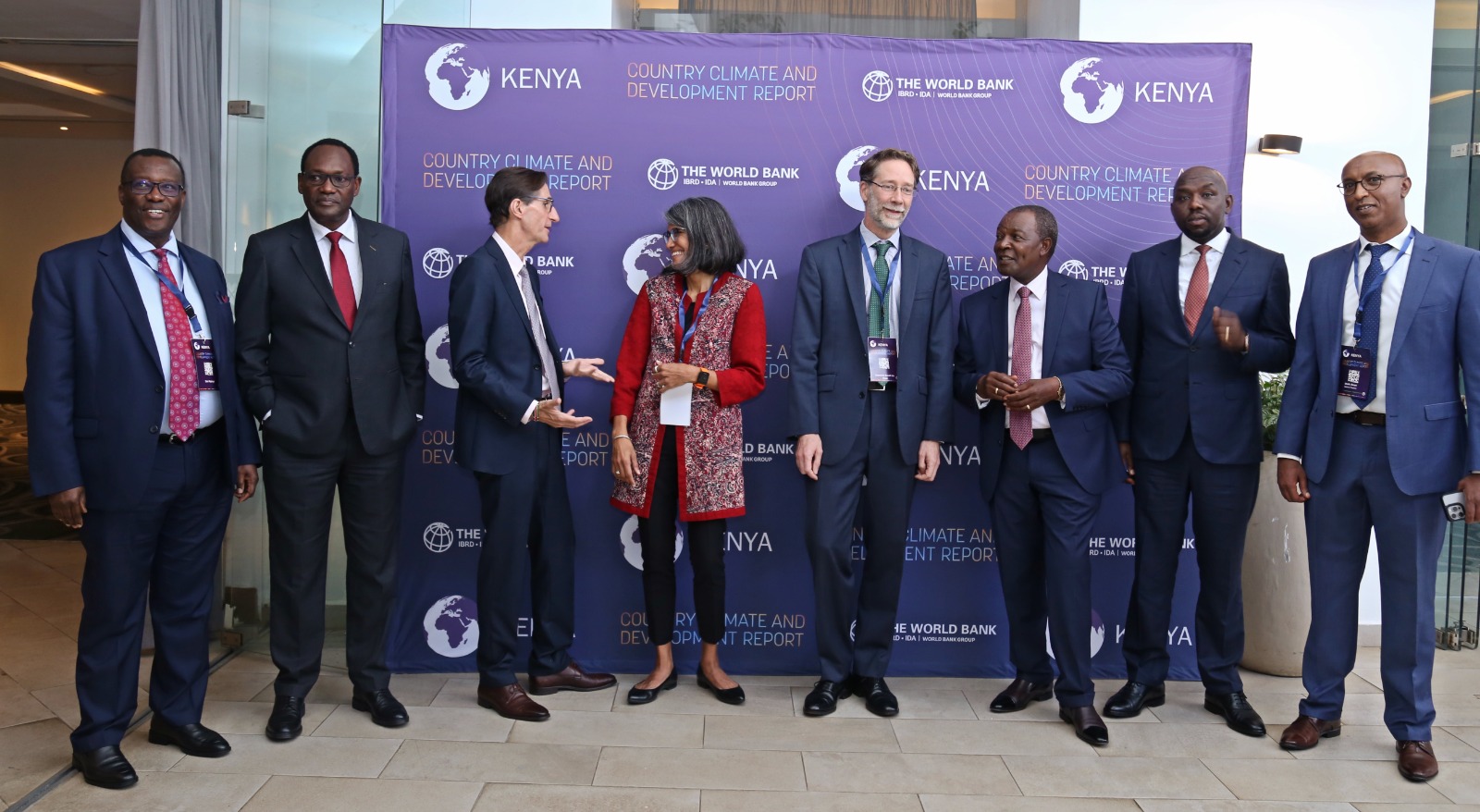
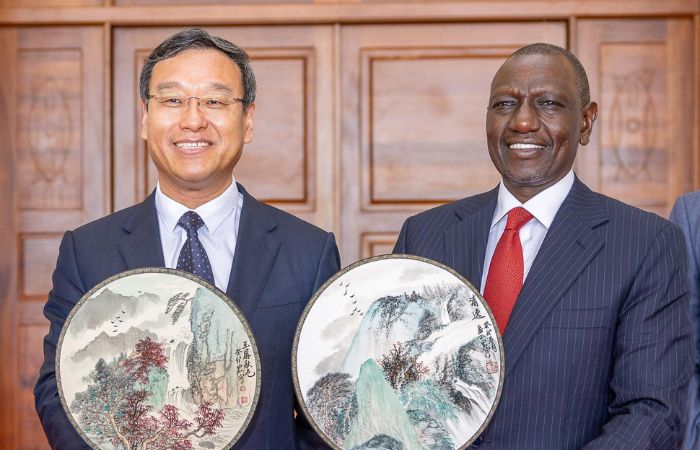

-1683725821.jpg)

